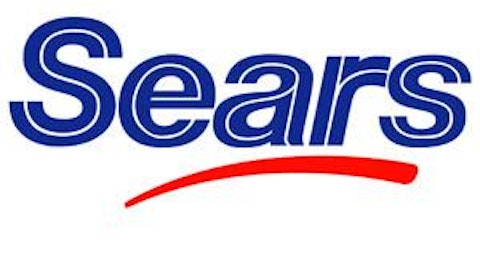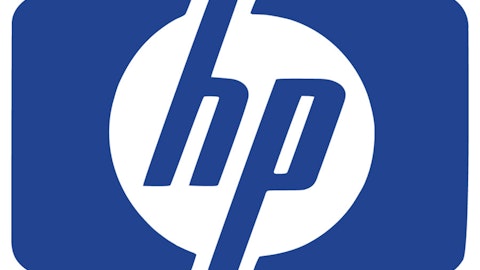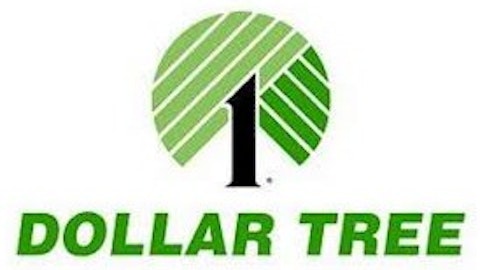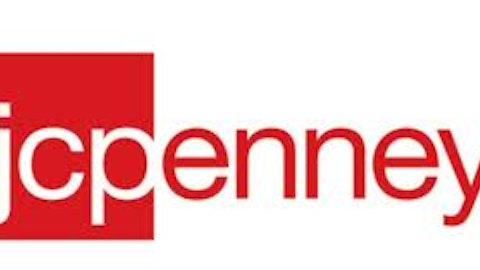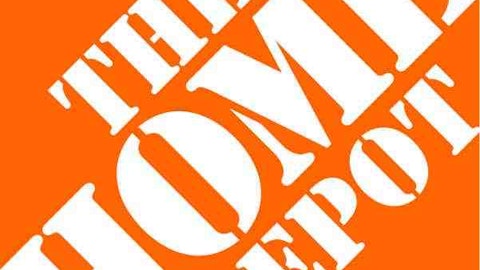 The business of retailing is quite simple. You have a large base of fixed costs tied up in real estate, inventory and personnel, and you aim for a base of sales above those expenses. When that happens, each incremental new dollar of sales can quickly flow to the bottom line.
The business of retailing is quite simple. You have a large base of fixed costs tied up in real estate, inventory and personnel, and you aim for a base of sales above those expenses. When that happens, each incremental new dollar of sales can quickly flow to the bottom line.
But this kind of operating leverage can work the other way, as falling sales make it harder to cover costs. That’s the kind of negative leverage that has been in place for some time at Sears Holdings Corporation (NASDAQ:SHLD), which just announced another dismal quarter at both its flagship Sears stores as well as its Kmart stores. If the current sales trends continue, Sears Holdings Corporation (NASDAQ:SHLD) won’t even be around in five to 10 years.
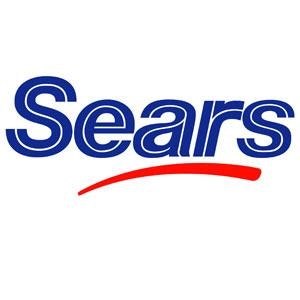
Well, Sears’ second-quarter results paint a picture of even deeper distress. Same-store sales were negative at Sears, Kmart and Sears Canada. Coupled with the closing of several stores, Sears Holdings Corporation (NASDAQ:SHLD) saw sales drop 6.3% from the same quarter last year. Sears’ quarterly sales base of $8.9 billion lagged behind analysts’ consensus forecasts by a stunning $600 million. Who knows how bad the sales trends would have looked had Sears not resorted to a heavy slate of promotions.
A sure sign of retail distress: Sears’ gross margins fell to just 24.6% as the company slashed prices to lure customers. To put that in perspective, other retailers such as Macy’s, Inc. (NYSE:M), Kohl’s Corporation (NYSE:KSS) and The Home Depot, Inc. (NYSE:HD) have gross margins that are 10 to 15 percentage points higher.
This retailer is rarely profitable outside the holiday-focused fourth quarter, but a current quarterly loss of $194 million is far worse than last year’s $132 million quarterly loss, and roughly $40 million worse than analysts had been expecting. Were it not for some one-time gains on asset sales, Sears Holdings Corporation (NASDAQ:SHLD)’ operating loss would have swelled to $235 million.
To stem the hemorrhaging, CEO Eddie Lampert is trying to turn the retailer into a membership club. That strategy has worked wonders for companies like Costco Wholesale Corporation (NASDAQ:COST) and BJ’s Warehouse, but Lampert is kidding himself if he thinks he can succeed in this already mature category.
The eponymous Sears stores are already showing signs of trouble as same-store sales remain negative, but the Kmart stores, which were acquired for $11 billion in cash and stock back in 2004, are an absolute disaster. Store traffic has become so weak that another round of store closures is almost inevitable from the current base of 1,261 stores. And that will yield negative economies of scale in terms of merchandising and advertising. At some point in the next few years, Sears may need to simply shutter the entire Kmart division.
Although Sears still has roughly $700 million in cash (thanks to huge amounts of asset sales in recent years), investors need to start questioning Sears’ access to credit. The company notes that there are roughly $1.6 billion in untapped credit and inventory. But lenders cannot be pleased to see Sears inch ever closer to the debt covenants in place. Total debt has risen from $3.1 billion at the end of January to a current $3.7 billion.
Although the current credit facility won’t expire until April 2016, Sears needs to maintain a fixed charge ratio above 1.0 (which is EBIT (earnings before interest and taxes) plus lease payments divided by EBIT plus interest payments). Not only is Sears’ EBIT falling, but a recent spike in interest means that Sears interest payments are rising. Sears currently has about $240 million in annual interest expense, though that figure should move higher as rates rise.
There’s a reason why Moody’s rates Sears debt at B3 and S&P gives it a CCC+ rating. Judging by the just-released financial results, and Sears’ exposure to rising interest rates on that debt, further ratings downgrades may ensue.
Risks to Consider: As an upside risk, Sears plans to keep selling off its best assets, which may keep the lenders at bay and postpone any day of reckoning.
Action to Take –> We are watching the slow-motion demise of a once-storied retailer. Eddie Lampert’s steady milking of cash from Sears, and a long period of under-investment, has left Sears Holdings Corporation (NASDAQ:SHLD) and Kmart simply unable to compete against savvier retail rivals. Avoid the temptation to view Sears’ current share price weakness as an opportunity, and instead focus on how financial trends appear set to worsen further in coming quarters and years.
P.S. — Sears and Kmart have both been around for decades, but wouldn’t you rather own companies that will likely be around for decades to come? My colleague Elliott Gue and his staff recently went looking for the absolute best stocks on the market. After six months and $1.3 milllion worth of research, the team found a handful of stocks good enough to buy, forget about and hold “Forever.” To learn more about the “Forever” stocks that they uncovered — including some names and ticker symbols — click here.
– David Sterman
Warren Buffett’s Top 5 Stocks
Buffett’s firm, Berkshire Hathaway, holds dozens of stocks. But these five make up 75% of its portfolio… worth $65 billion. Click here to get Buffett’s top 5 stocks plus his 16 latest buys, FREE.
